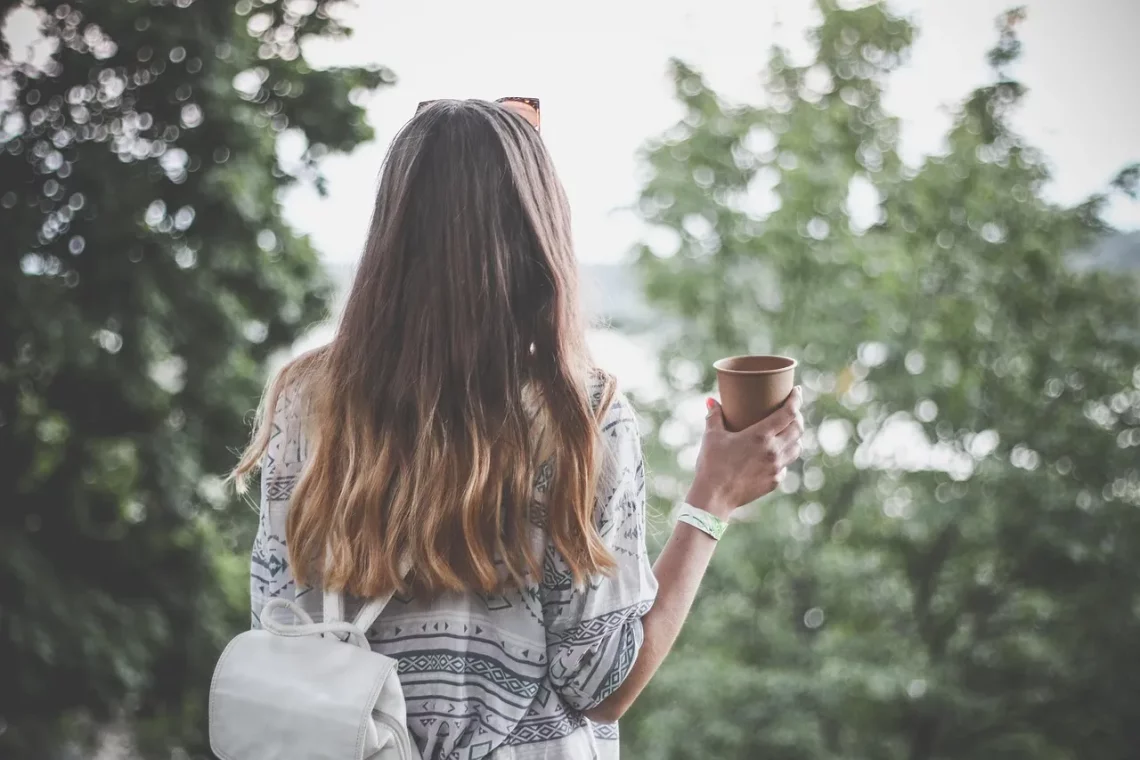
The Ultimate Guide to Dark Brown Hair Dye for Men
The world of hair dyeing has evolved significantly over the years, with more men embracing the concept of coloring their hair to enhance their appearance. From subtle highlights to bold, vibrant shades, the options are virtually limitless. Among these options, dark brown hair dye stands out as a versatile choice for men looking to make a statement or simply cover greys. Dark brown hues can complement various skin tones, offering a natural yet striking look that can boost confidence and redefine personal style.
In a society that increasingly values self-expression, hair color has become a crucial aspect of personal grooming. Whether you’re aiming to achieve a sophisticated look for a formal occasion or a relaxed vibe for everyday wear, dark brown hair dye can serve as the perfect foundation. The rich tones and depth of dark brown not only enhance facial features but also provide a timeless quality that suits any age group.
As men explore different shades and products, understanding the application process, maintenance, and the psychological aspects of hair dyeing becomes essential. With the right knowledge and tools, anyone can confidently choose dark brown hair dye to elevate their style and express their individuality.
Choosing the Right Shade of Dark Brown
Selecting the perfect shade of dark brown hair dye can be a transformative experience, influencing not just your appearance but also your self-perception. Dark brown shades can vary significantly, from warm, chocolate tones to cool, ash-infused hues. This diversity allows men to tailor their hair color to match their skin tone and personal style.
When considering a dark brown dye, it’s essential to first assess your natural hair color. If you have light brown or blonde hair, transitioning to a dark brown shade might require less processing time compared to those with black or very dark hair. Additionally, the underlying undertones of your skin play a crucial role in determining the most flattering shade. Warmer skin tones often pair well with rich, chocolate browns, while cooler skin tones might look better with ash or espresso shades.
It’s also beneficial to consider your lifestyle and maintenance preferences. Some shades may require more frequent touch-ups, especially if you have a significant contrast between your natural color and the dye. Opting for a semi-permanent dye might be a good option if you want to experiment without committing to a long-term change. These dyes gradually wash out, allowing you to test different shades without the fear of a permanent decision.
Consulting with a professional stylist can provide valuable insights into which shade will complement your features best. A stylist can also help you navigate the various products available on the market, ensuring that you choose a high-quality dye that will yield the best results.
The Application Process: Step-by-Step Guide
Once you’ve chosen your desired shade of dark brown hair dye, the next step is the application process. Proper application is crucial to achieving an even, vibrant color that lasts. Below is a step-by-step guide to ensure you achieve the best results:
1. **Preparation**: Start by gathering all necessary supplies, including gloves, a mixing bowl, a brush for application, and a towel to protect your clothing. It’s advisable to do a patch test 48 hours before dyeing to check for any allergic reactions.
2. **Strand Test**: To predict the final color, perform a strand test. This involves applying the dye to a small section of hair and waiting to see how it turns out. It helps you gauge the timing and the final shade.
3. **Applying the Dye**: Begin by sectioning your hair into manageable parts. Apply the dye using the brush, starting from the roots and working your way down to the tips. Ensure that every strand is coated evenly, as uneven application can lead to patchy color.
4. **Timing**: Follow the instructions on the dye package regarding how long to leave the dye in. This can vary based on the product and your desired intensity. Setting a timer can help you avoid over-processing.
5. **Rinsing**: Once the time is up, rinse your hair thoroughly with lukewarm water until the water runs clear. Avoid shampooing immediately after rinsing; instead, use a color-safe conditioner to help lock in moisture and color.
6. **Post-Application Care**: After dyeing, it’s essential to use hair products specifically designed for colored hair. These products help maintain the vibrancy of your dark brown hue and prevent premature fading.
By following these steps, you can achieve a salon-quality look in the comfort of your home. Remember that practice makes perfect, and with each application, you’ll gain more confidence in your hair dyeing skills.
Maintenance Tips for Dark Brown Hair
Maintaining dark brown hair dye requires dedication and the right techniques to keep your color looking fresh and vibrant. Here are essential maintenance tips for ensuring that your dark brown locks stay in excellent condition:
1. **Wash Less Frequently**: Over-washing can strip your hair of its natural oils and color. Aim to wash your hair no more than two to three times a week. When you do wash, use a sulfate-free shampoo specifically formulated for colored hair.
2. **Use Color-Safe Products**: Invest in shampoos and conditioners designed to protect color-treated hair. These products are gentler and help prevent fading, ensuring your dark brown color remains rich.
3. **Avoid Heat Styling**: Excessive heat can damage your hair and lead to color fading. If you must use heat styling tools, always apply a heat protectant spray beforehand. Consider air-drying your hair whenever possible to reduce heat exposure.
4. **Regular Conditioning**: Deep conditioning treatments can help maintain moisture and shine. Look for products that are rich in natural oils and proteins to nourish your hair and keep it healthy.
5. **Schedule Touch-Ups**: Depending on how fast your hair grows and how noticeable your roots become, you may need to schedule touch-ups every four to six weeks. This will keep your color looking uniform and fresh.
6. **Protect from the Sun**: UV rays can fade hair color over time. If you plan to be outside for extended periods, consider wearing a hat or using hair products with UV protection.
By incorporating these maintenance tips into your hair care routine, you can enjoy the beauty of dark brown hair dye while keeping your locks healthy and vibrant.
Understanding the Psychological Impact of Hair Color
Changing hair color can have a profound psychological impact, influencing how individuals perceive themselves and how they are perceived by others. Dark brown hair, in particular, carries various connotations, often associated with sophistication, maturity, and stability.
For many men, the decision to dye their hair dark brown can stem from a desire to feel more confident or to rejuvenate their appearance. Hair color can serve as a form of self-expression, allowing individuals to showcase their personality or even experiment with their identity. This is especially relevant in today’s world, where personal branding and first impressions are crucial.
Research has shown that hair color can influence how people are perceived in social and professional settings. Darker shades, like dark brown, are often seen as more authoritative and trustworthy, which can be beneficial in professional environments. Additionally, the act of changing one’s hair color can serve as a catalyst for other positive changes, such as adopting a healthier lifestyle or stepping out of one’s comfort zone.
However, it’s essential to approach hair dyeing with a balanced perspective. While hair color can enhance self-esteem and confidence, it’s important to remember that true self-worth comes from within. Embracing one’s natural appearance, alongside personal grooming and styling choices, can lead to a more fulfilling and authentic self-image.
In summary, the psychological effects of hair color are significant and varied. Dark brown hair dye can symbolize renewal and self-exploration, making it a powerful tool in the journey of self-discovery.
**Disclaimer**: This article is for informational purposes only and does not constitute medical advice. For any health-related concerns, please consult a qualified healthcare professional.




